To prevent a Dash Cam from draining your car's battery, the most effective methods include using a modern hardwire kit with a built-in low-voltage cutoff feature, adjusting the camera’s parking mode settings for lower power consumption, or installing a dedicated external battery pack. These solutions ensure the dash cam operates safely during parking surveillance without depleting the vehicle's battery to a critical level, preventing startup failures.

Table of Contents
- Why Does a Dash Cam Drain a Car Battery?
- What Are the Signs of Car Battery Drain from a Dash Cam?
- How Can You Prevent Dash Cam Car Battery Drain?
- Which Power Solution is Best for Your Needs?
- How Do Different Parking Modes Affect Battery Usage?
- What Role Does Your Car Battery’s Health Play?
- What Features Should a Modern Dash Cam Have to Minimize Battery Drain?
- Frequently Asked Questions About Dash Cam Battery Management
Why Does a Dash Cam Drain a Car Battery?
A Dash Cam is designed to protect your vehicle not only when you are driving but also when it is parked. To achieve this, features like parking surveillance mode require a constant power source. Most vehicles cut power to the standard 12V cigarette lighter socket when the ignition is turned off. To enable parking mode, dash cams must be connected directly to the car's fuse box, drawing a small but continuous amount of power from the car battery.
This continuous power draw, known as parasitic drain, is minimal but can accumulate over time. If a vehicle is left parked for several days or if the car's battery is old or in poor health, even this small drain can be enough to deplete the battery below the necessary voltage to start the engine. The problem is not that the dash cam is faulty, but rather that it is performing its security function as intended by staying active to detect motion or impacts.
What Are the Signs of Car Battery Drain from a Dash Cam?
Identifying battery drain early can save you from being stranded. The most obvious sign is difficulty starting your car. You might hear a slow, labored cranking sound or just a clicking noise when you turn the key. This indicates the battery lacks the sufficient charge needed to turn the engine over.
Other, more subtle signs include your car's electronic systems resetting, such as the clock or radio presets losing their memory. You may also notice that your car’s interior lights appear dimmer than usual when you first open the door. If your dash cam has a voltage display, you might see a progressively lower reading each day the car is parked. These symptoms all point toward a battery that is being excessively discharged while the vehicle is off.
How Can You Prevent Dash Cam Car Battery Drain?
Protecting your car's battery while still benefiting from 24/7 surveillance is entirely achievable with the right equipment and settings. Modern solutions are designed to intelligently manage power consumption, giving you peace of mind.
Utilize a Hardwire Kit with Low-Voltage Protection
A hardwire kit is the most common and effective solution. This accessory connects your dash cam directly to the vehicle's fuse box, providing constant power for parking mode. Crucially, a high-quality hardwire kit includes a low-voltage cutoff feature. This intelligent function constantly monitors your car battery's voltage.
When the voltage drops to a preset level (e.g., 11.8V or 12.0V), the hardwire kit automatically cuts power to the dash cam. This action ensures that your battery always retains enough charge to start the engine. It’s a set-and-forget solution that offers a perfect balance between vehicle security and battery preservation. Many kits offer adjustable voltage thresholds, allowing you to customize the cutoff point based on your battery's age and local climate.
Adjust Your Dash Cam’s Parking Mode Settings
Modern dash cams offer sophisticated parking modes that can be configured to minimize power usage. Instead of continuous recording, you can select more energy-efficient options. For instance, advanced cameras like the Botslab G980H feature intelligent, AI-powered parking surveillance that optimizes recording.

Common energy-saving modes include:
- Motion & Impact Detection: The dash cam remains in a low-power standby state, only waking up and recording when its G-sensor detects an impact (like a bump or collision) or when the image sensor detects motion nearby.
- Time-Lapse Recording: This mode captures frames at a much lower rate (e.g., one frame per second) and stitches them together into a video. It provides a complete record of the parked period while consuming significantly less power and storage space than standard recording.
By selecting a mode that isn't recording continuously, you can dramatically extend the duration your dash cam can operate in parking mode before reaching the voltage cutoff limit.
Invest in a Dedicated Dash Cam Battery Pack
For the ultimate protection, a dedicated dash cam battery pack (or power bank) completely isolates the dash cam from your car's battery. This external battery is charged by the car's alternator only when you are driving. When the car is parked, the dash cam draws power exclusively from the battery pack, leaving your car's battery untouched.
This is an ideal solution for individuals who leave their cars parked for extended periods (e.g., at an airport) or for those with high-end vehicles or sensitive electronics where any parasitic drain is undesirable. While it represents a higher initial investment, it offers the most robust protection against Car Battery Drain.
Consider an OBD-II Power Cable
An alternative to traditional hardwiring is an OBD-II power cable. This cable plugs directly into your vehicle's On-Board Diagnostics II port, which is typically located under the dashboard. It provides constant power to the dash cam and is often easier to install than a fuse box hardwire kit, requiring no tools.
Like hardwire kits, reputable OBD-II cables also feature a low-voltage cutoff switch to protect your battery. They are a great plug-and-play alternative for those who are less comfortable with automotive wiring, offering similar protective benefits.
Which Power Solution is Best for Your Needs?
Choosing the right method depends on your budget, parking habits, and technical comfort level. The table below compares the most popular solutions to help you decide.
| Solution | Pros | Cons | Best For |
| Hardwire Kit with Voltage Cutoff | Cost-effective, reliable, "set-and-forget" protection, clean installation with no visible wires. | Requires installation into the vehicle's fuse box, which can be intimidating for some. | Most daily drivers who want reliable parking mode without worrying about their battery. |
| Dedicated Battery Pack | Total isolation from the car battery, longer parking mode duration, no risk of car battery drain. | Highest initial cost, requires space to be installed inside the car. | Users who park for extended periods or have sensitive vehicle electronics. |
| OBD-II Power Cable | Extremely easy to install (plug-and-play), includes voltage cutoff, easily transferable between vehicles. | May not be compatible with all vehicle models; can potentially interfere with mechanic's access to the port. | DIY users who want a simple, tool-free installation for parking mode functionality. |
How Do Different Parking Modes Affect Battery Usage?
The type of parking mode you enable on your Dash Cam has a direct impact on its power consumption. Understanding these differences allows you to make an informed choice. A standard continuous recording mode, even at a low bitrate, is the most power-intensive. It keeps the camera's processor and image sensor fully active at all times.
In contrast, a time-lapse mode is significantly more efficient. By capturing only a few frames per minute, it allows the camera's internal components to operate in a lower power state for most of the time. The most efficient option is an impact/motion detection mode. Here, the dash cam enters a deep sleep state, consuming very little power until the G-sensor or image sensor is triggered. This standby state can allow a dash cam to monitor a vehicle for weeks without significantly affecting the car battery, provided it is paired with a proper voltage cutoff device.
What Role Does Your Car Battery’s Health Play?
The health of your vehicle's battery is a critical factor. A new, healthy battery can withstand a small parasitic drain for a much longer period than an older, weaker one. Car batteries degrade over time, losing their ability to hold a full charge. Extreme temperatures, both hot and cold, can further accelerate this degradation and reduce a battery's effective capacity.
If you have an older battery (typically 3-5 years), you should be more cautious. It is advisable to set the voltage cutoff on your hardwire kit to a higher threshold (e.g., 12.2V instead of 11.8V) to provide an extra buffer. Regularly testing your car battery's health at an auto shop is a good practice, especially before winter, to ensure it has the strength to handle both starting the car and powering accessories like a dash cam.
What Features Should a Modern Dash Cam Have to Minimize Battery Drain?
When shopping for a new dash cam, look for features specifically designed for power efficiency. This ensures you get maximum protection with minimal impact on your vehicle's battery. A top-tier Dash Cam should offer multiple, configurable parking modes. The ability to choose between time-lapse and motion/impact detection provides flexibility for different parking scenarios.
Additionally, look for cameras with native low-voltage protection settings that can be configured directly in the camera's menu. This works in tandem with the hardwire kit for an added layer of safety. Efficient hardware and optimized software also play a role. Cameras built with energy-efficient processors consume less power during operation. Brands like Botslab invest in engineering their devices for optimal performance, ensuring that advanced features like 4K recording and AI detection do not come at the cost of excessive power consumption.
Frequently Asked Questions About Dash Cam Battery Management
Can a dash cam drain a new car battery?
Yes, any device that draws power while the car is off can drain any battery, new or old. However, a new battery has a much larger capacity and resilience, so it would take significantly longer for a dash cam to drain it. Using a voltage cutoff device is still recommended for all batteries to ensure longevity and reliable starting.
How long can a dash cam run on a car battery?
This depends on the dash cam's power consumption, the parking mode used, and the car battery's size and health. With an energy-efficient parking mode and a healthy battery, a dash cam can run safely for several days. With a dedicated battery pack, it can run for 24-48 hours or more without touching the car battery at all.
Is it better to use a hardwire kit or a dash cam battery pack?
For most users, a hardwire kit offers the best balance of cost and protection. It is a reliable and permanent solution for daily driving and overnight parking. A battery pack is a superior but more expensive option, best suited for those who store their vehicle for very long periods or want zero interaction between the dash cam and the car's primary battery system.




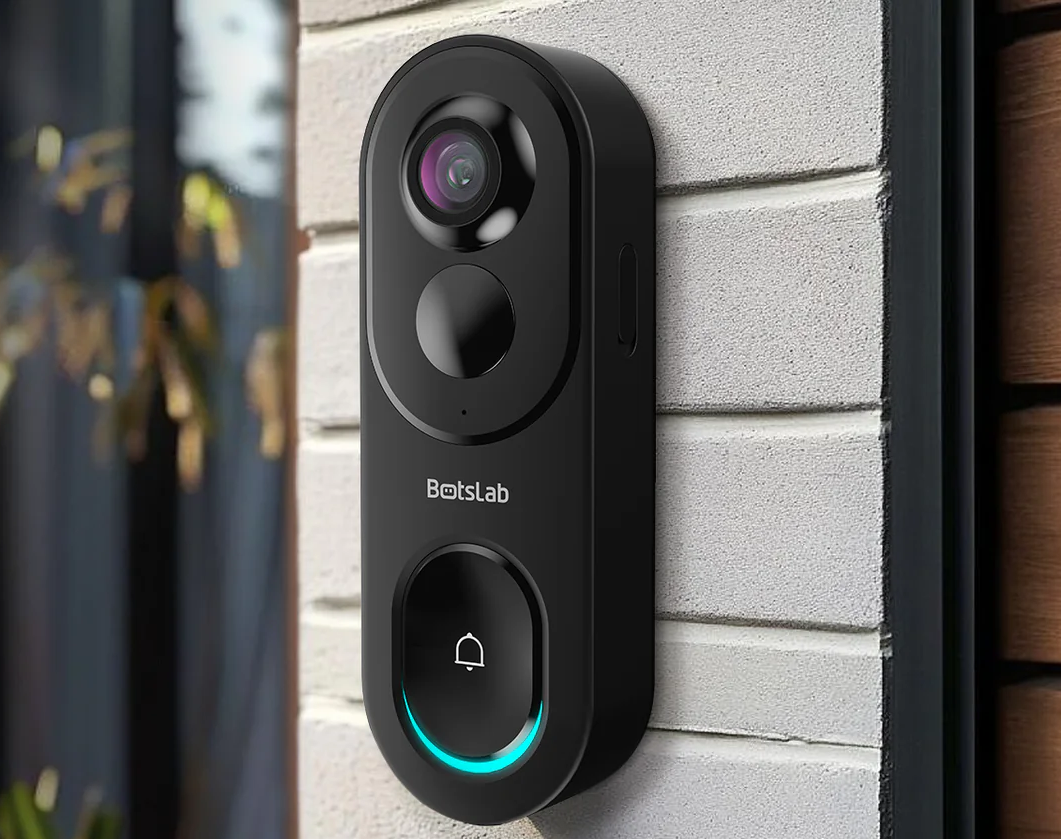



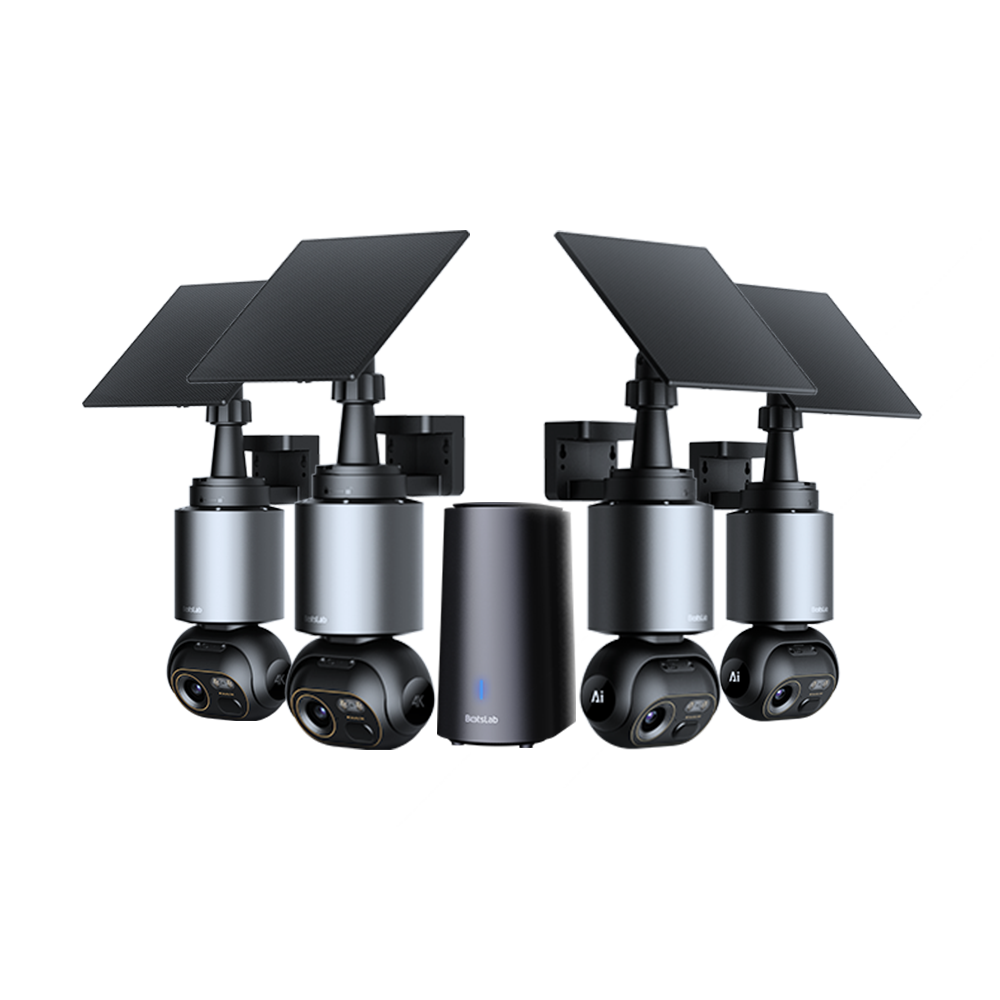




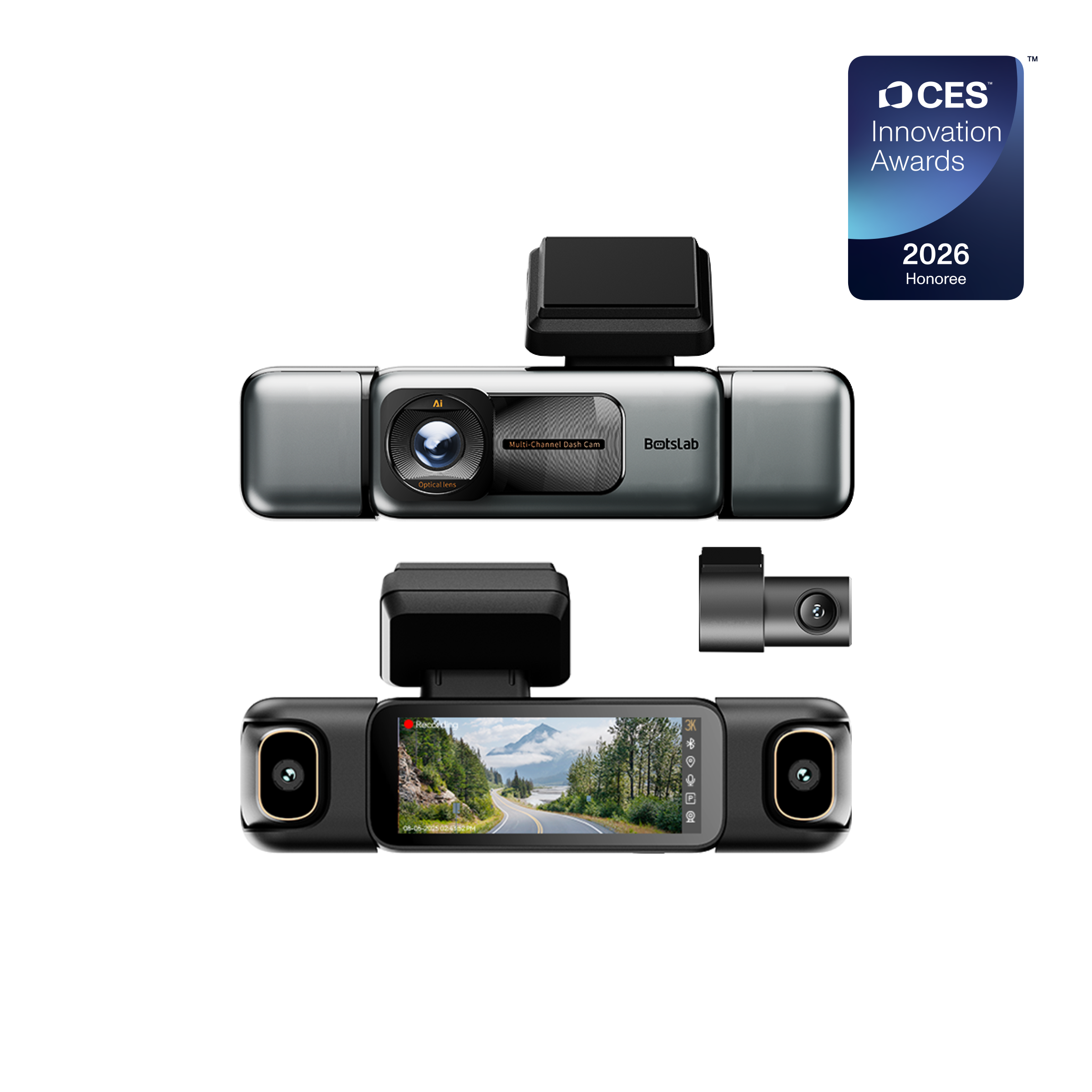
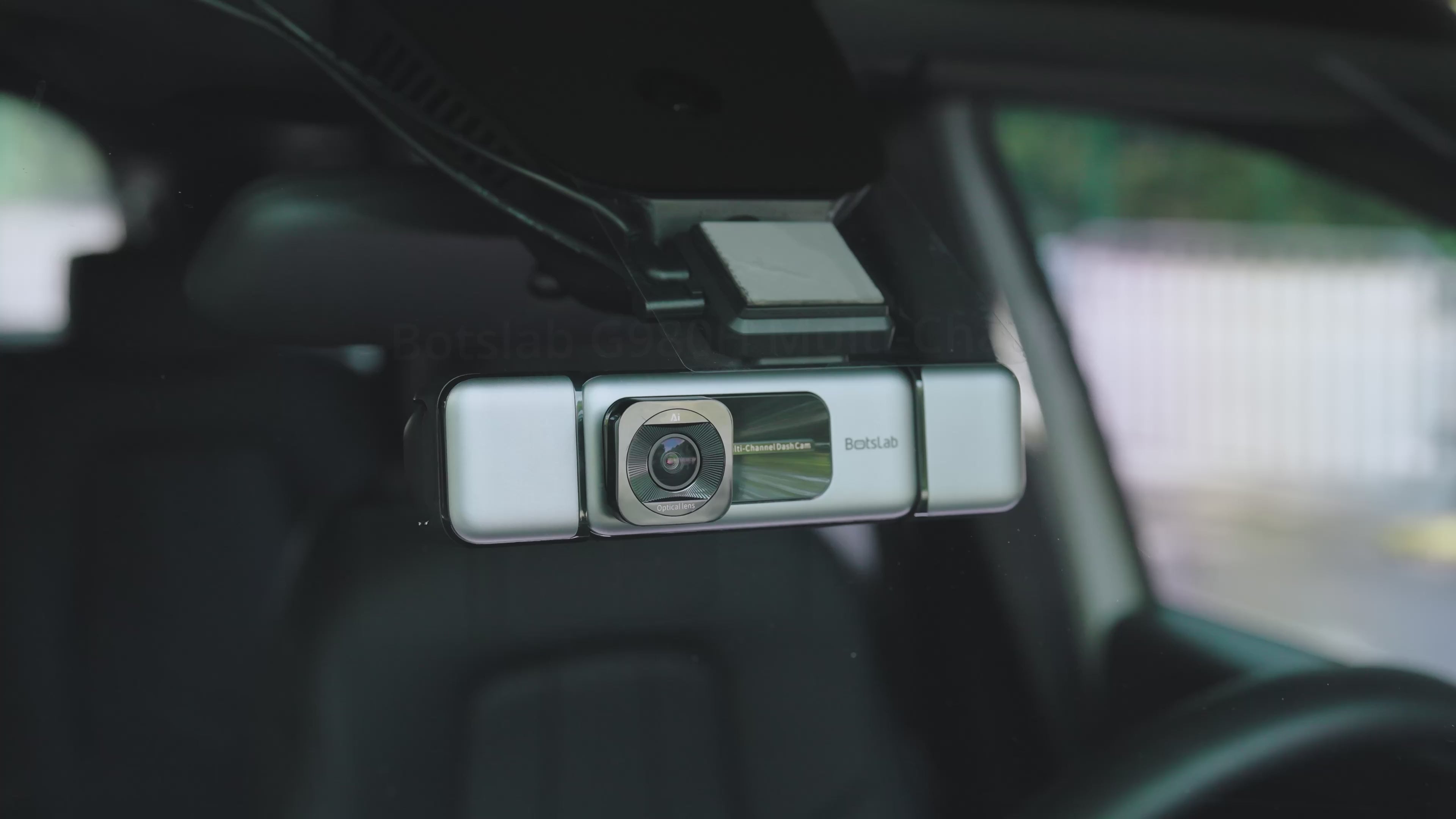
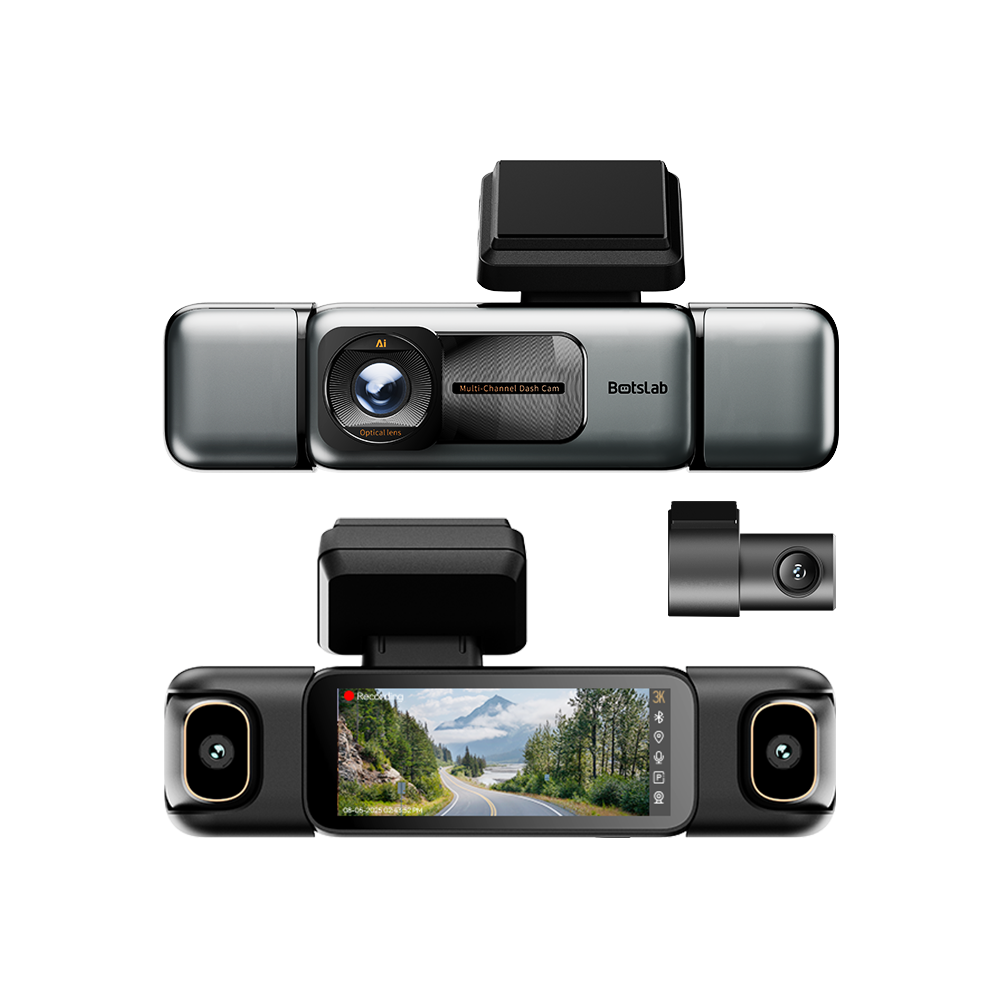
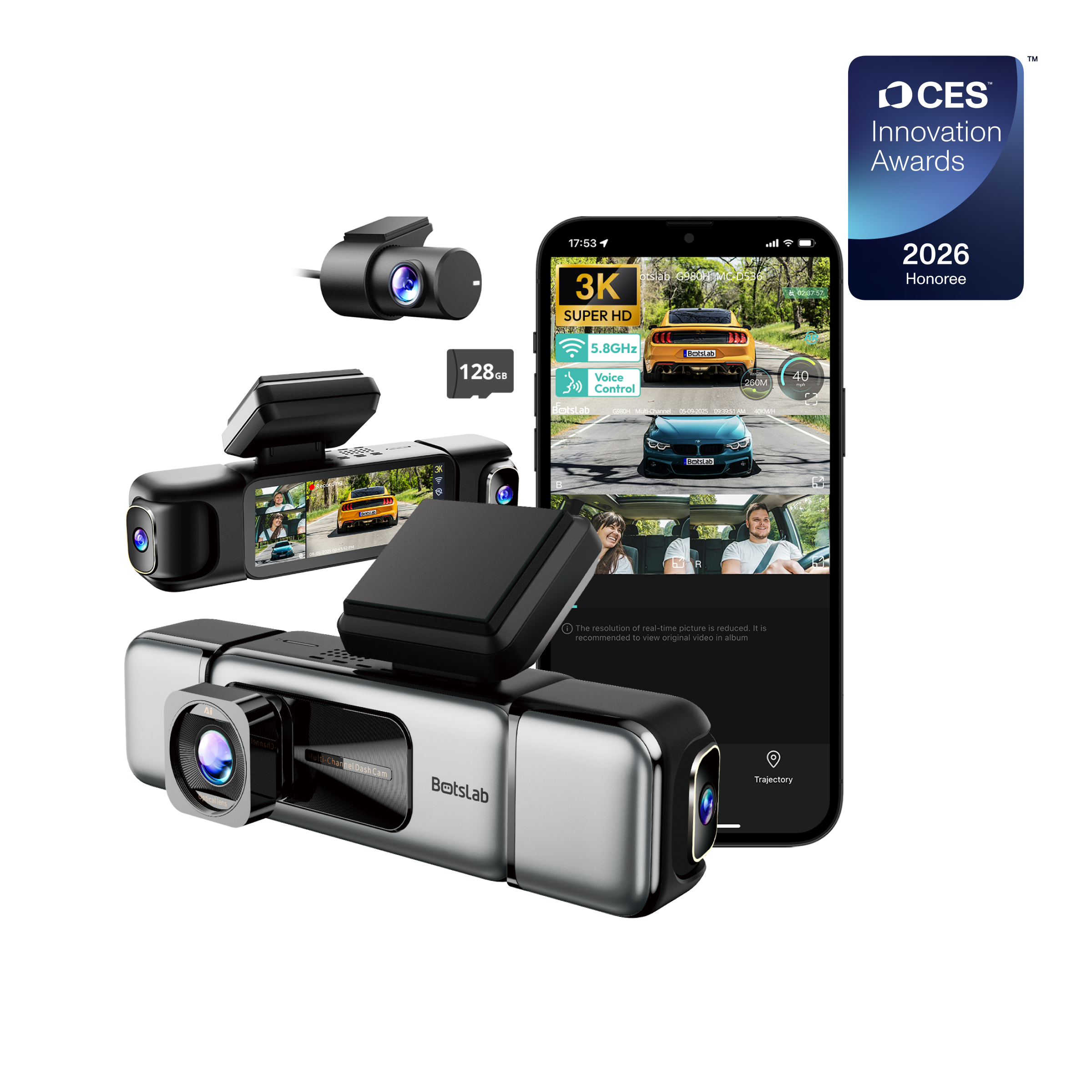



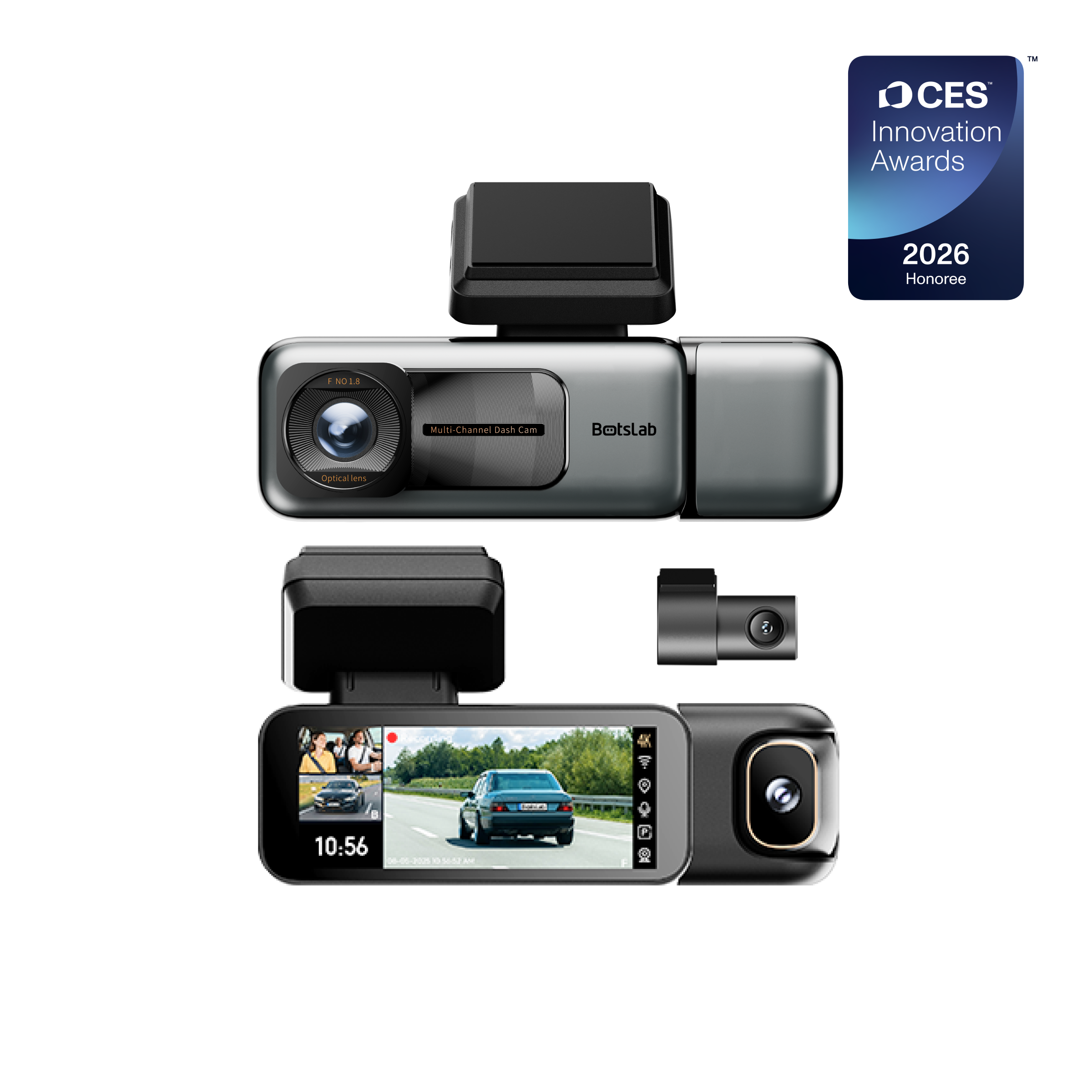
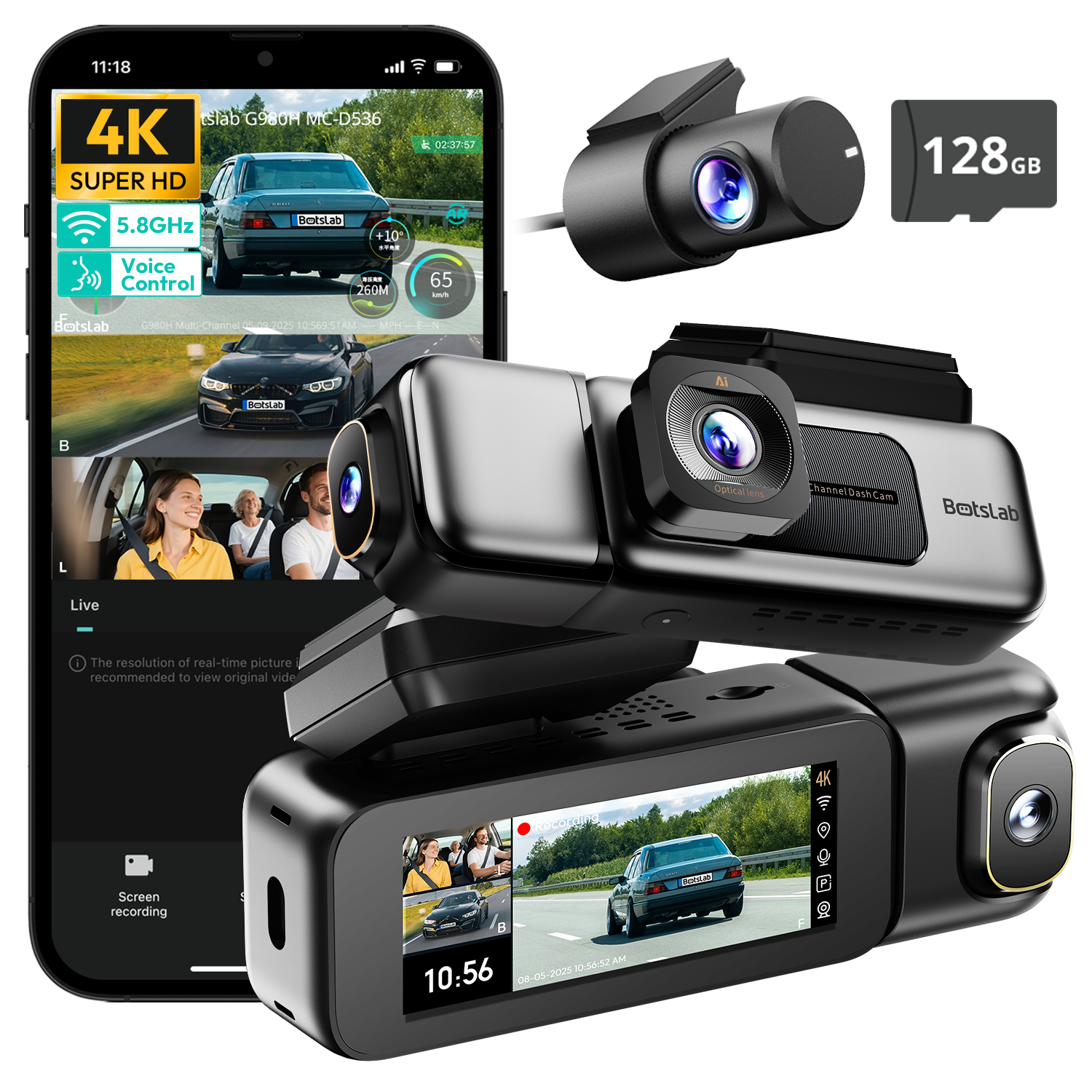



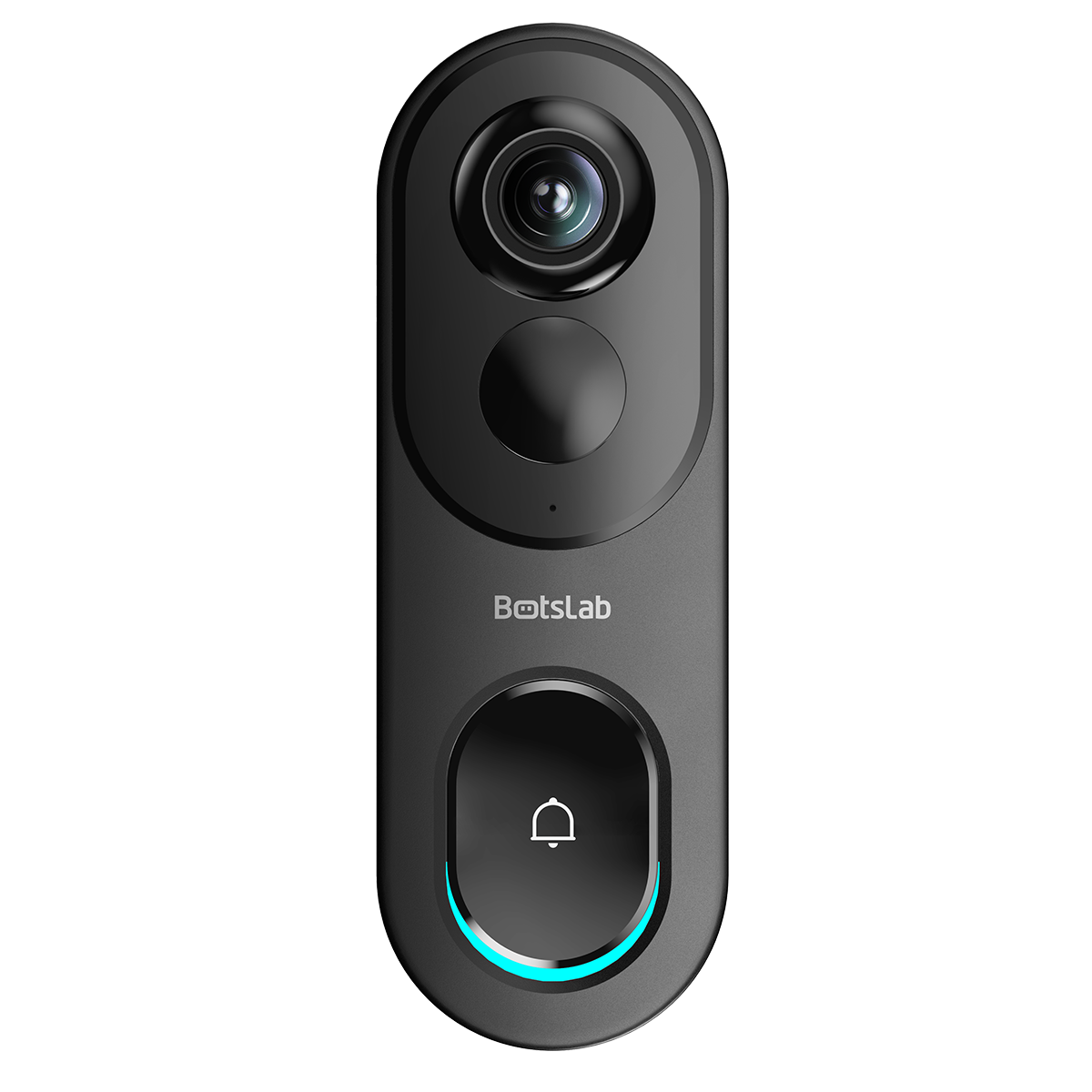




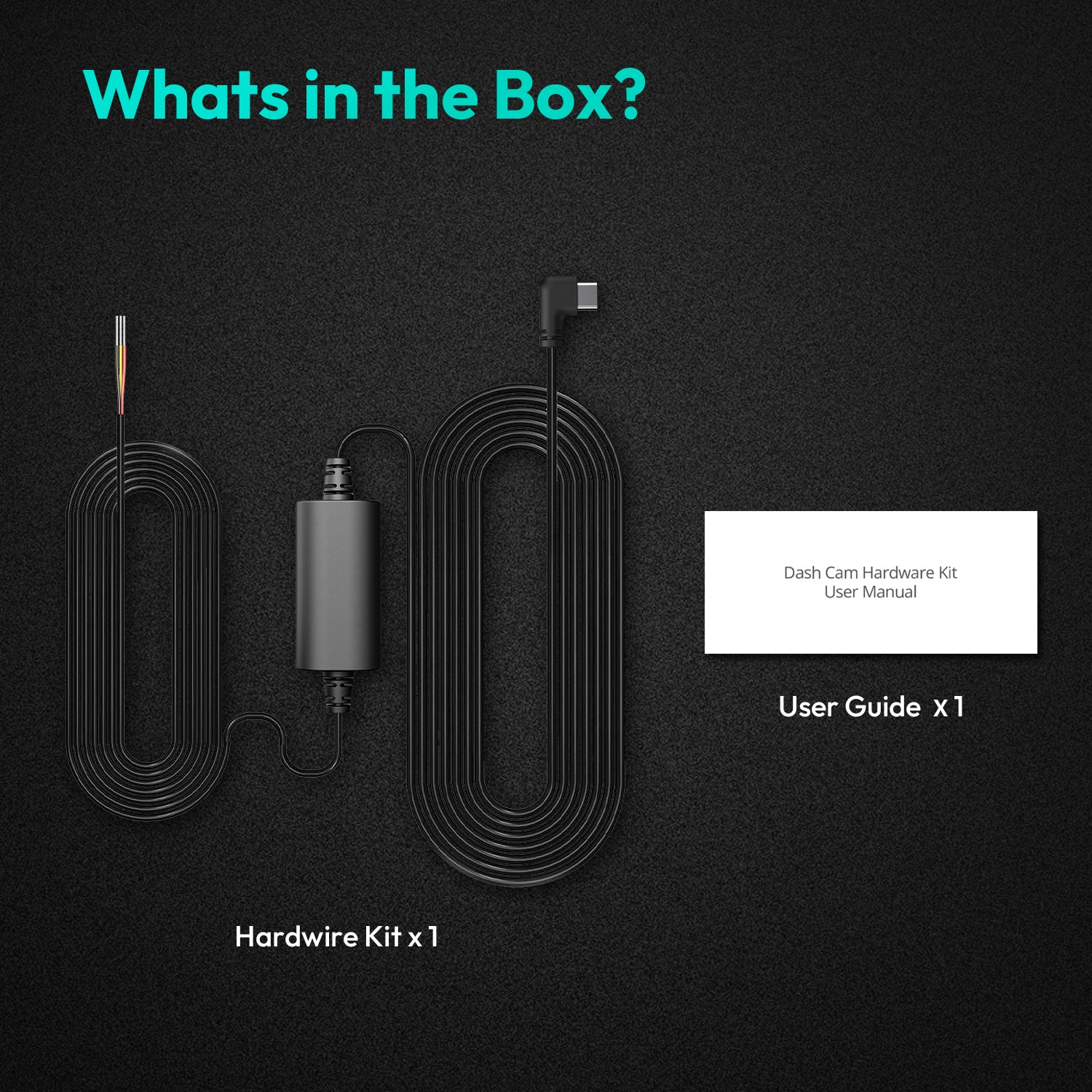
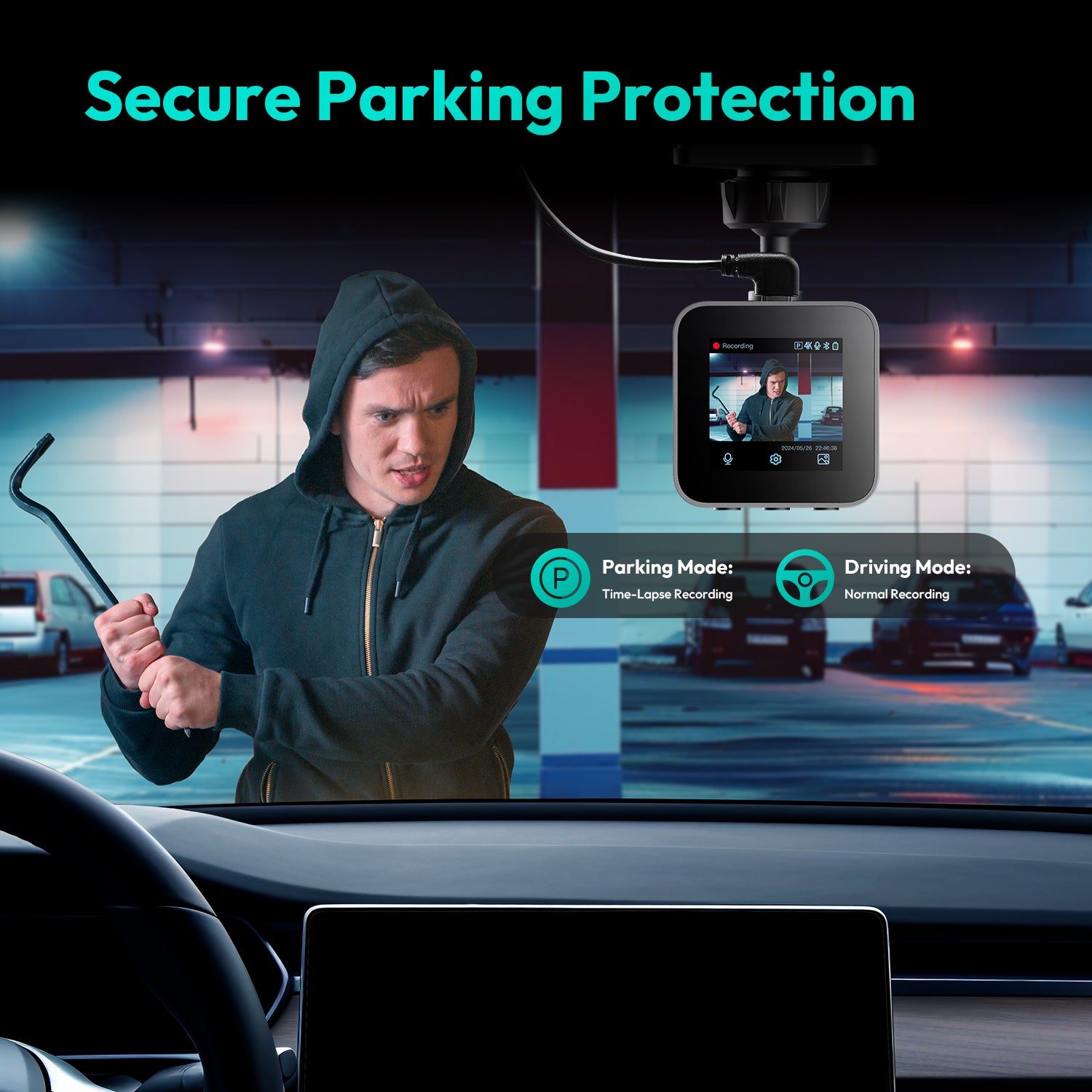
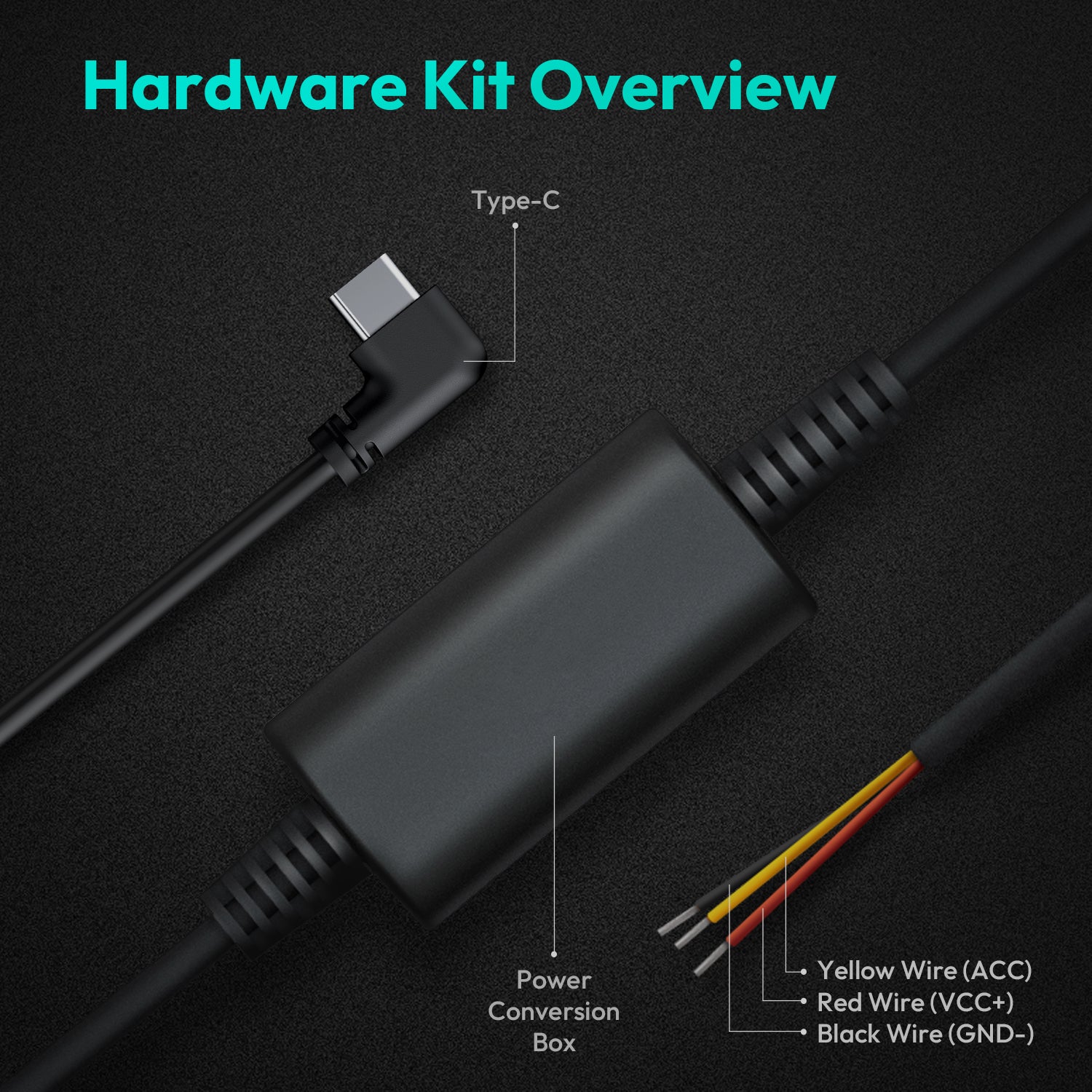
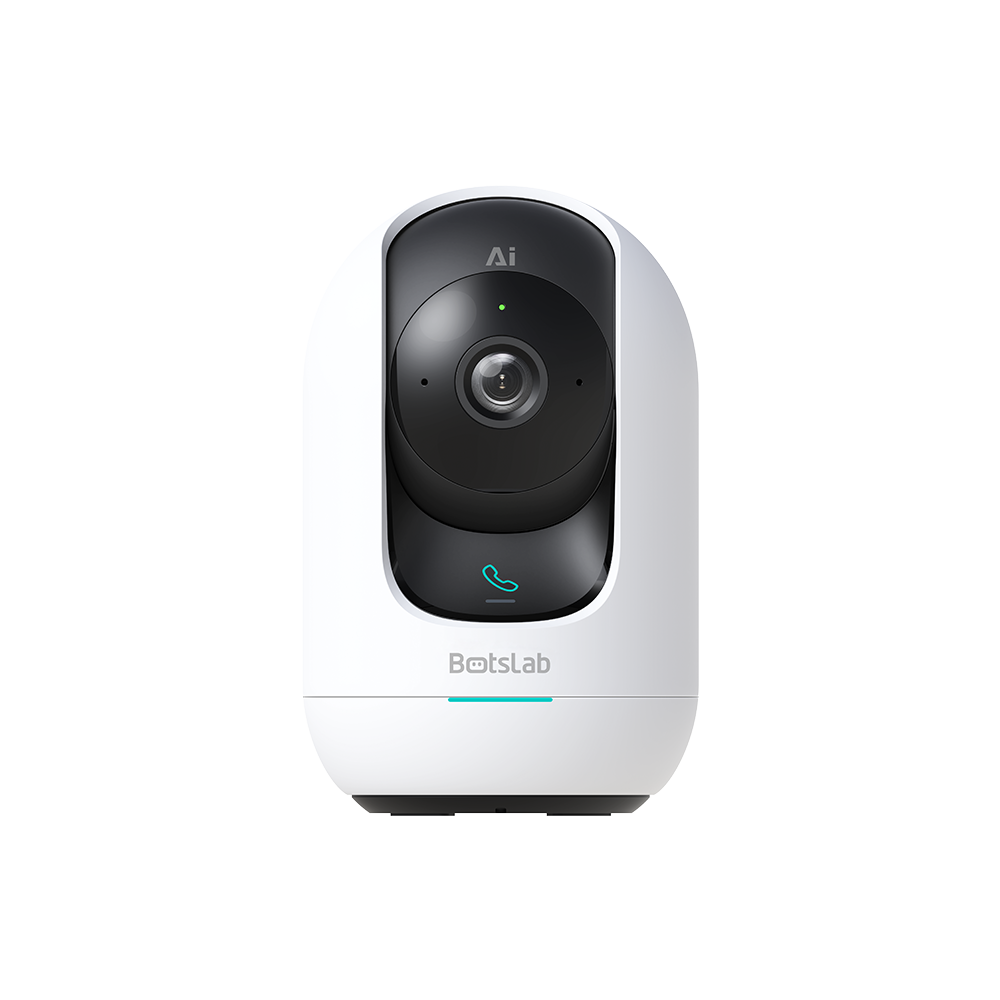


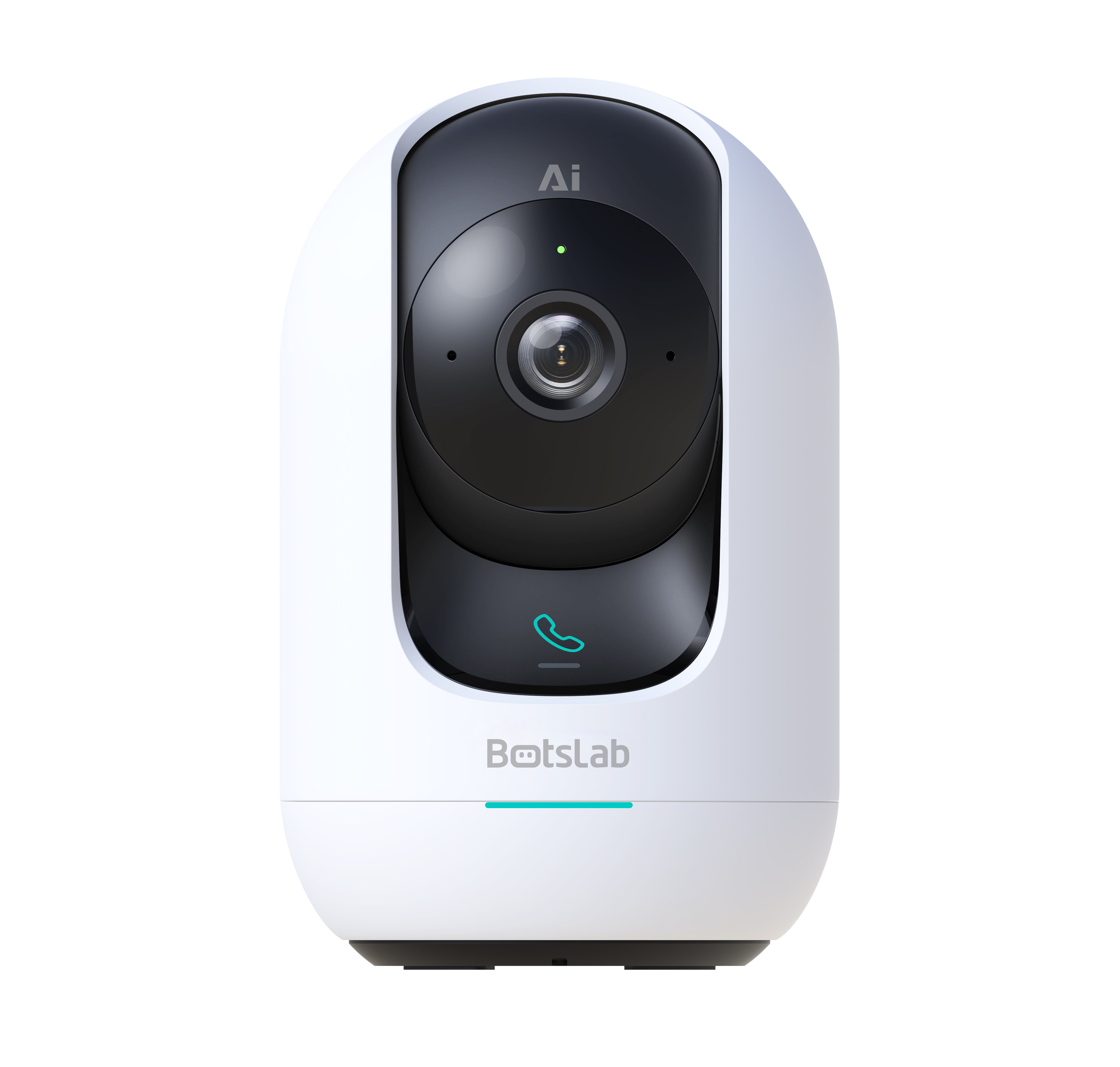

Share:
How to install a rear view dash cam?
What kind of dashcam should you choose as a smart car accessory?